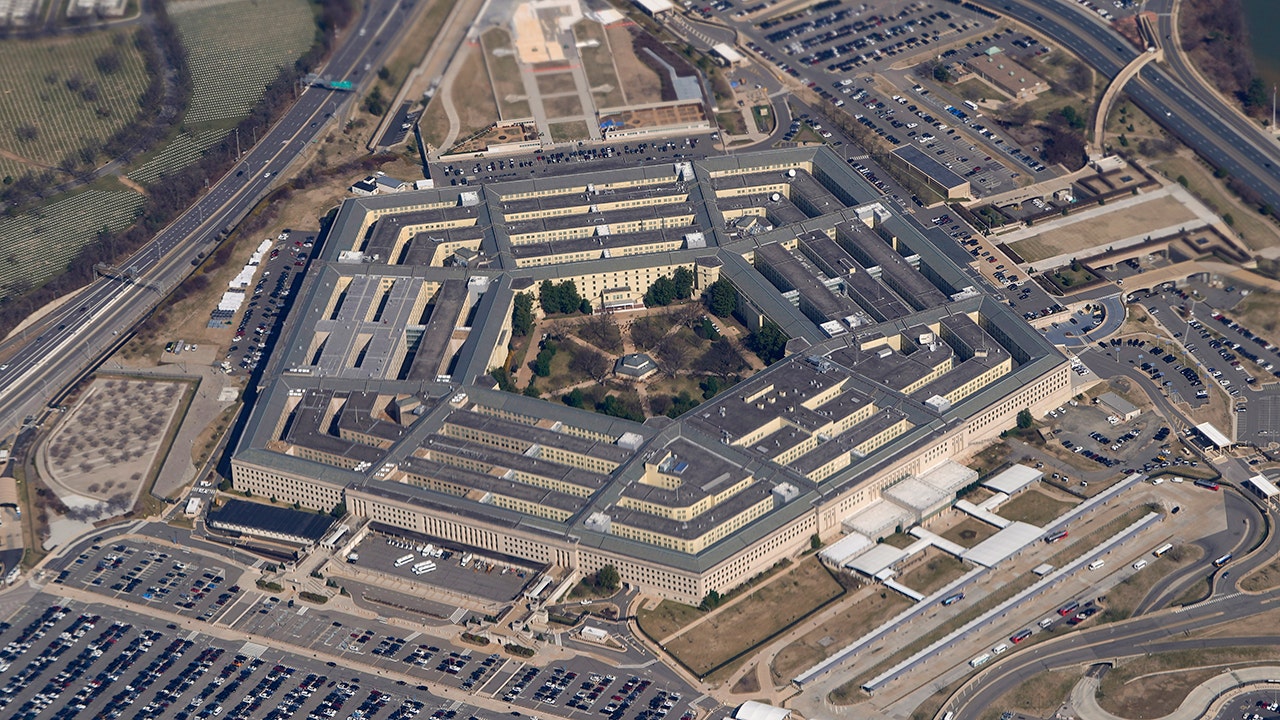Newspapers devoted rapturous front pages to the coming occasion, and when I flew to my former home Kolkata on the eve of the big day, my neighbors there declared their anticipation by setting off firecrackers late into the night. The next morning, on Jan. 22, loudspeakers and television screens tracked me through the city with Sanskrit chants and images of the ceremony taking place at the temple. Mr. Modi, as usual, was at the center of every visual. Friends in Delhi and Bangalore complained about insistent neighbors and strangers knocking on their doors to share celebratory sweets. Courts, banks, schools, stock markets and other establishments in much of the country took a holiday.
The inauguration date seems to have been chosen carefully to overshadow Republic Day, on Jan. 26, which commemorates India’s adoption in 1950 of a “socialist, secular, democratic” Constitution. Those values are fiercely in opposition to what Hindu nationalism has ushered in. The temple inauguration date, which will be celebrated annually, reduces the republic to secondary status next to Mr. Modi’s Hindu utopia.
A similar effort has been underway to diminish the importance of Aug. 15, marking Indian independence in 1947. In 2021, Mr. Modi announced that Aug. 14 would henceforth be Partition Horrors Remembrance Day, referring to the bloody division of the country into Hindu-majority India and an independent Muslim Pakistan in 1947, a murderous affair for Hindus, Muslims and Sikhs alike.
This was sold to the Indian public as underlining the need for unity, but it was also a reminder from Hindu nationalists that a section of Muslims broke off to form their own nation and that the loyalties of India’s remaining 200 million Muslims were suspect. Given that Hindu rightists participated in massacres, rapes and forced displacement during the partition, Mr. Modi’s weaponization of the suffering seems particularly reprehensible. I was born to a Hindu family, and my father, a refugee from the partition, never blamed Muslims his entire life.
There have been countless other such stratagems with the Hindu right in power. The old Parliament building, whose design features refer to India’s syncretic history — Hindu, Buddhist, Muslim and Christian — was replaced last year by a new structure that explicitly reduces India’s past to a monochromatic Hindu one.






